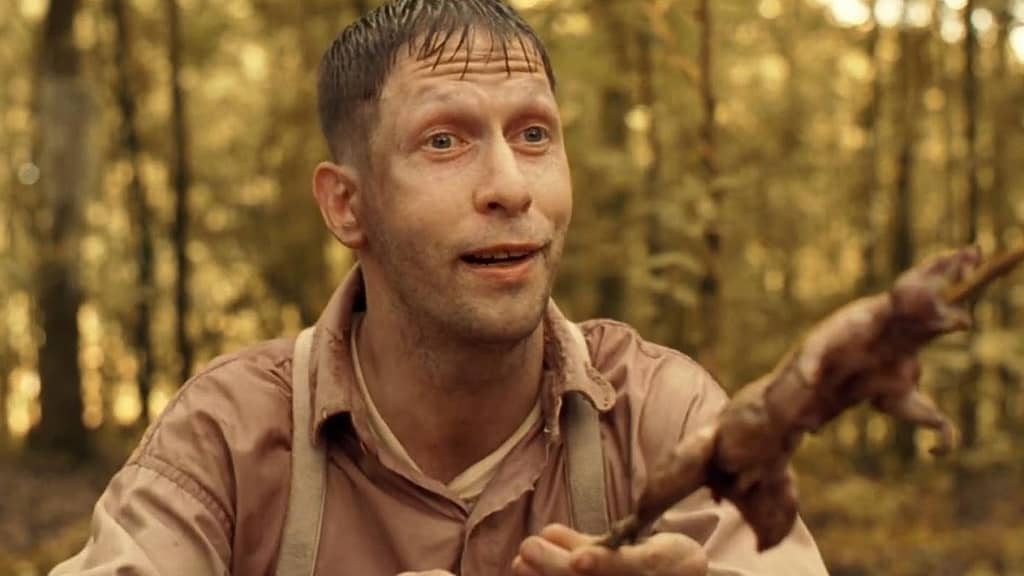Verbs
You know what they are. You learned the term back in first grade, or was it second grade? They’re action words. Right. But do you know how valuable they can be to acting? Well, let me tell you. First of all, we use active verbs in acting. Verbs you can do to somebody else and (hopefully) get a reaction out of them. Examples: tickle, accompany, poke, etc.
Verbs are really just behaviors. Things we do, and in acting we do these behaviors to get what we want (we like to call that achieving our objective or fulfilling our intention.) Because really the only thing we have direct control over in this world is our own behavior, it’s super effective to think of acting in terms of behaviors. If we pick verbs and play them to our scene partner(s) we will be behaving truthfully in the imaginary circumstance of the scene.
Emotions
But what about emotion, you ask? Shouldn’t I be delving into the emotional content of the scene, mustering that up and getting it out? Well, yes, and no. Certainly you should have an emotional understanding of the scene, and you should have it personalized (more on that in another blog post), but if you are playing verbs—i.e., leading with behavior, your emotions will just come gushing out of you spontaneously and instinctively like a fresh struck spring.
Tim Blake Nelson
But don’t just take my word for it—let Tim Blake Nelson (Coen Brothers’ O Brother Where Art Thou, The Ballad of Buster Scruggs, and many more fabulous works of art) tell you all about it.
This 6-minute excerpt from Mark Maron’s WTF Podcast (Episode 973) explains it all.
More
Now, if you’re still confused about what playing verbs is all about, watch this fabulous video with real, live demonstration of “verbing” (or as they call it “actioning”) at its best.
Happy Verbing!

